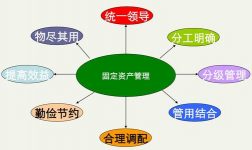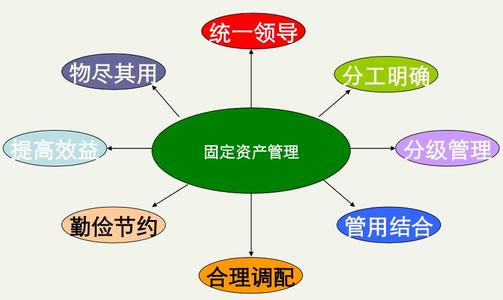
RFID active collection reduces the loss of fixed assets
[ad_1]
Due to the large number of assets and the uncertainty of location, the management and control are more chaotic, and the financial information of stock assets and incremental assets is distorted, and the asset accounting book does not match, which can easily lead to the problem of asset loss. Especially when there is a phenomenon of turnover of asset users and the inability to deal with the change of the asset owner in a timely manner, it is difficult to calculate the fixed assets, which requires a lot of time and manpower. RFID active collection reduces the loss of fixed assets.

For asset management, the introduction of RFID technology can effectively and conveniently manage the fixed assets of the enterprise, check the arrival of equipment, responsible procurement, in and out of the warehouse and the responsible person, asset use right information update and use history query, and The data of each operation link such as asset allocation, fault maintenance, equipment inventory location, asset calculation reports and financial accounting are automatically and accurately recorded to ensure data accuracy and avoid the loss of fixed assets of the enterprise.
RFID active tags have a built-in power supply and a microprocessor used to perform special tasks. The data transmission range of active tags is much farther than that of passive tags; an active RFID reader can monitor all active tags within a range of about 100-300 meters. When an object is managed by an active RFID tag, routine inventory of the object is basically unnecessary. The active RFID tracking solution will automatically and real-time activate asset inventory based on applicability, business and safety requirements. Readers can be permanently installed in key locations (such as offices, storage rooms, high-traffic areas, exit channels, etc.) to report the current status of the marked assets in the designated area.

Advantages of RFID active asset management system
Real-time accuracy and safety: The use of active RFID outdoors ensures that asset information can be obtained in quasi real-time, and the safety of operators is ensured through remote reading.
High cost performance: The low cost of indoor passive RFID applications is combined with active RFID to reduce user investment on the premise of ensuring the availability of the system, thereby obtaining a higher cost performance.
Life cycle management support: RFID can support writing data, such as the state of the asset, and can proofread and mark at the same time as the inventory. With the support of the software system, it can ensure that the entire life cycle of the asset can be managed.
High efficiency: After applying RFID technology, since multiple tags can be read at a time, the inventory efficiency is greatly improved.
High accuracy rate: After all RFID tags are installed, the inventory and reading effect test are carried out, and the inventory efficiency is high and accurate.
Anti-interference long-distance reading: high anti-interference ability of RFID electronic tags.
The asset anti-theft alarm system uses wireless radio frequency technology, wireless sensor technology, wireless communication technology and other current most advanced core technologies of the Internet of Things. Through real-time perception, real-time response, and real-time alarm, it realizes direct and active monitoring of assets. The system fully considers customer needs and application environment, and is convenient to install, simple to operate, and flexible and convenient to use. This system is commonly used in valuable storage places such as jewelry stores, luxury goods stores, and cultural relics museums, and is a personal protective measure for valuables security companies.
RFID technology is applied to the asset management system, by installing RFID electronic tag cards on designated assets to bind identity information, so as to realize the automatic identification and collection of data information of people or objects, and achieve the goal of automated management. RFID technology is to establish an efficient information database platform with the improvement of the requirements of modern fixed asset management for efficiency, information flow and flexibility.
[ad_2]



